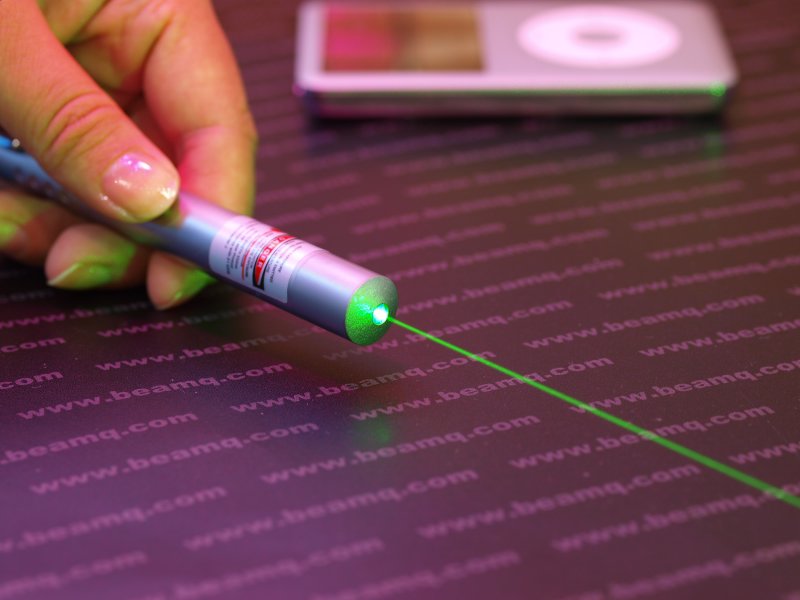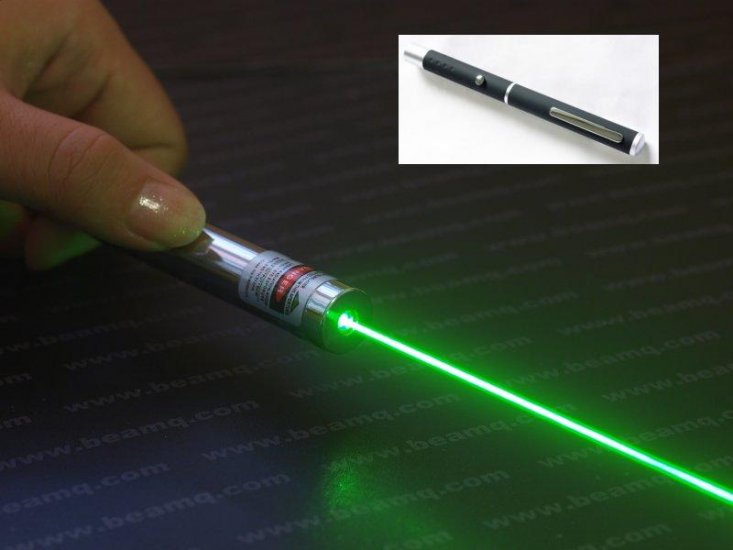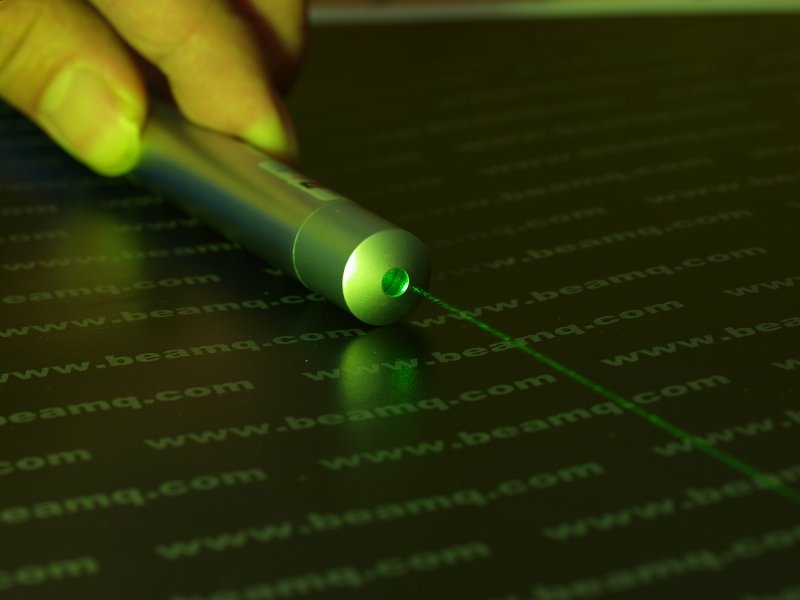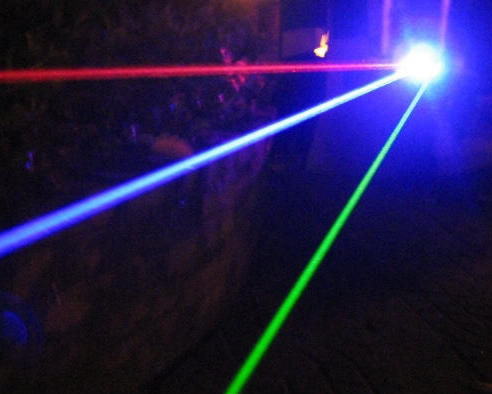Class I lasers are low powered devices that are considered safe from all potential hazards. Some examples of Class I laser use are: laser printers, CD players, CD ROM devices, geological survey equipment and laboratory analytical equipment. No individual, regardless of exposure conditions to the eyes or skin, would be expected to be injured by a Class I laser. No safety requirements are needed to use Class I laser devices.
Class II lasers are low power (< 1mW), visible light lasers that could possibly cause damage to a person's eyes. Some examples of Class II laser use are: classroom demonstrations, laser pointers, aiming devices and range finding equipment. If class II laser beams are directly viewed for long periods of time (i.e. > 15 minutes) damage to the eyes could result. Avoid looking into a Class II laser beam or pointing a Class II laser beam into another person's eyes. Avoid viewing Class II laser beams with telescopic devices. Realize that the bright light of a Class II laser beam into your eyes will cause a normal reaction to look away or close your eyes. This response is expected to protect you from Class II laser damage to the eyes.
Class IIIa lasers are continuous wave, intermediate power (1-5 mW) devices. Some examples of Class IIIa laser uses are the same as Class II lasers with the most popular uses being laser pointers and laser scanners. Direct viewing of the Class IIIa laser beam could be hazardous to the eyes. Do not view the Class IIIa laser beam directly. Do not point a Class IIIa laser beam into another persons eyes. Do not view a Class IIIa laser beam with telescopic devices; this amplifies the problem.
Class IIIb lasers are intermediate power (c.w. 5-500 mW or pulsed 10 J/cm²) devices. Some examples of Class IIIb laser uses are spectrometry, stereolithography, and entertainment light shows. Direct viewing of the Class IIIb laser beam is hazardous to the eye and diffuse reflections of the beam can also be hazardous to the eye. Do not view the Class IIIb laser beam directly. Do not view a Class IIIb laser beam with telescopic devices; this amplifies the problem. Whenever occupying a laser controlled area, wear the proper eye protection. Refer to the University of Kentucky Laser Safety Manual for complete instructions on the safety requirements for Class IIIb laser use.




No comments:
Post a Comment